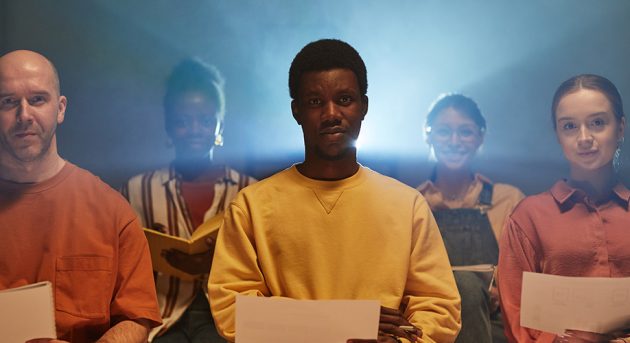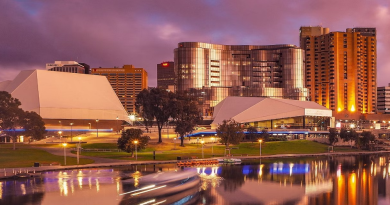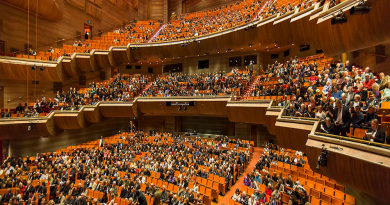What Aussie Audiences Want
Over the past couple of years, audience behaviour in Australia has undergone a seismic shift. Post-pandemic, ticket sales have become more difficult to predict and the subscription model has been destabilised. Potential theatre attendees are far less likely to take risks and far more likely to buy last-minute tickets – sometimes only a day prior to a performance. Alongside this trend, it seems that audience tastes are experiencing change too, with a need for the comfort of the classics wrangling with a desire for the new and fresh.
The thing is, during the lockdowns we got used to being at home. We got good at it. And we discovered alternative sources for our theatrical fix – such as live streaming. So now, it’s little wonder that if audiences are to be tempted out of their armchairs it has to be for something worth going out for. And if we factor in the financial difficulties wrought by the pandemic – now compounded by the cost-of-living crisis – then it’s entirely understandable that the live theatre landscape has to adapt. In a sense, the precarious nature of the sector is simply a microcosm of the global situation. Security and stability are now coveted luxuries.
But what exactly is it that will tempt audiences back to venues, at pre-pandemic levels? There is no definitive answer to this, as the world is still navigating a period of transition. Do audiences want the nostalgic comfort of the classics? Or do they strive for something new and ambitious, reflecting a need to stride forward with confidence? Right now, it’s quite possible that they want both. Or, to put it another way, they want choice. Choice was something denied us during the pandemic, perhaps making us appreciate its value.
The classics continue to pull in audiences. They have evergreen appeal, which is what makes them classics in the first place. And, of course, there is comfort in the tried, tested and familiar. Director Wesley Enoch sums this up nicely: ‘A classic is something you can do at any period of time, but you choose to do it because it’s going to shed a light on a very particular culture or social aspect of the current moment’. Arguably, the ‘social aspect of the current moment’ is the need to temporarily lose oneself in a world that holds no surprises, while in real life the future remains on a knife edge. When Wicked hits Aussie stages again later this year, there is little doubt that it will attract large numbers: audiences know the story and know the music. What makes it stale for some makes it comforting to others. We are not yet ready to discard the crutches in favour of the new and bold.
The success of Edward Albee’s Who’s Afraid of Virginia Woolf? last year demonstrates that the classics still have a secure place in the hearts of Aussie theatregoers. And yet, as the pandemic slowly settles into its place in history, there are stirrings of unrest. Of a desire for something fresh. One way of addressing this, of course, is reimagining the classics. The aforementioned Albee play has, for example, undergone at least three interrogations of late, including through the lens of race. Indeed, the Four One One Productions version of the Albee classic, reimagined from a queer perspective, enjoyed a sell-out season at Belvoir’s 25A in 2022. There is clearly a hunger for the contemporary tempered by the established.
The craving for originality may well come more to the fore as recovery from the pandemic plateaus, and then the question may be a different one altogether: how to ensure that the wealth of Australian talent achieves classic status. Julian Meyrick, one-time literary adviser to Melbourne Theatre Company and author of Australia in 50 Plays, suggests that the hallmark of a classic is repeatability. This, he says, tends not to happen with Australian drama (with the exception of Summer of the Seventeenth Doll), despite a treasury of revered Aussie playwrights; historically, the classics have been imported from Britain and America. Yet in the past five years, the majority of shows staged by the flagship theatre companies have been by new Australian writers. So the future challenge is to have these productions revised and embedded in public consciousness – in other words, they need to be given the opportunity to become classics.
So while the reassurance of traditional productions continues to appeal, the desire to nurture the fresh and the homegrown is equally compelling. In the meantime, while still on shaky ground, what all audiences want – whether Aussie or otherwise – seems to be the freedom to choose.




